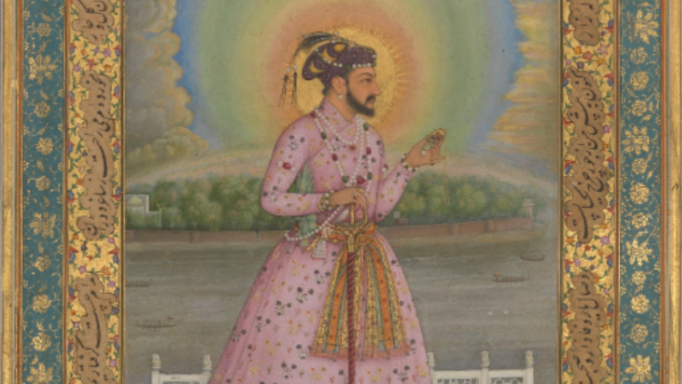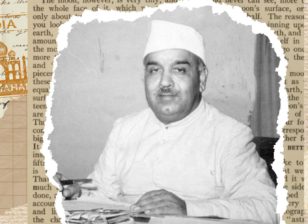Shah Jahan: His Life, His Love, His Legacy
By Asiya Ahmed
1. Raised to Lead
Born Prince Khurram on January 5, 1592 in Lahore to Emperor Jahangir and Rajput princess Jagat Gosain, Shah Jahan’s early years were shaped by luxury and ambition. He studied Islamic theology, the art of war, and music, quickly proving himself in military campaigns and gradually earning his father’s trust. In 1612, he married Arjumand Banu Begum (later Mumtaz Mahal), initially for politics but quickly blossoming into true affection. After Jahangir’s death in late 1627, Shah Jahan eventually emerged victorious in a struggle for the throne. In 1628, he ascended the throne and was titled Shah Jahan, or “King of the World,” and began what many would consider the golden age of the Mughal Empire.
Feature Photo: MetMuseum
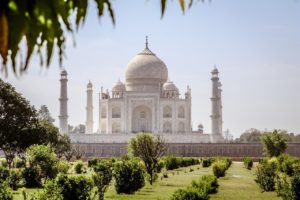
Photo: Pixabay
2. He Built the World’s Most Famous Monument for Love
Shah Jahan’s reign (1628–1658) marked the golden era of Mughal architecture. During Shah Jahan’s time as emperor, Mughal architecture reached new heights. The crown of his accomplishments was the Taj Mahal, built as a tribute for his beloved wife, Mumtaz Mahal. Crafted from white marble and adorned with intricate floral designs, calligraphy, and symmetry, the structure stands to this day as one of the Seven Wonders of the World and a declaration of undying love. He also founded Shahjahanabad in Delhi and commissioned the Red Fort (1638–1648), Jama Masjid, and the Shalimar Gardens, each a shining chapter in Mughal history.
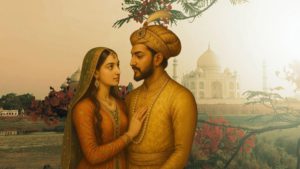
Photo: Aureus Boutique
3. A Love So Deep It Changed History
Shah Jahan and Mumtaz Mahal were inseparable. She was his confidante and held the imperial seal, a demonstration of her high status and trust. She even joined him on military campaigns and assisted him in political affairs. In 1631, Mumtaz died during the birth of their fourteenth child, and her death shattered Shah Jahan. He withdrew from the public eye, reportedly spending a year in mourning, isolating himself from courtly affairs. The Taj Mahal rose from this sorrow, serving as a monument to her memory.
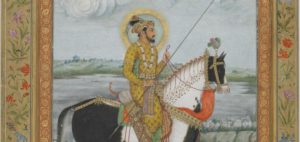
Photo: Asia Archive
4. Family Battles That Ended an Empire
In his later years, Shah Jahan faced turmoil from within. His illness in 1657 triggered a brutal succession war among his sons: Dara Shikoh, Shah Shuja, Murad Bakhsh, and Aurangzeb. Emerging victorious, Aurangzeb took the throne in 1658, placing his father under house arrest in Agra Fort, where he could only watch the Taj Mahal from a distance.
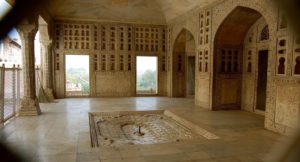
Photo: Flickr
5. Locked Away but Forever Close to His Queen
Shah Jahan spent his final years imprisoned in the Agra Fort and died in 1666 after nearly a decade of captivity. The emperor was buried beside Mumtaz Mahal in the Taj Mahal, reuniting the lovers in death just as they had been inseparable in life. Though his political power weakened in his final years, his impact on South Asian culture and architecture was everlasting.
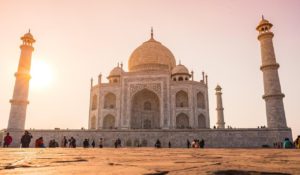
Photo: Pixabay
6. A Story Carved in Marble
The Taj Mahal stands not just as a magnificent tomb but as a symbol of devotion, love, and architectural excellence. As a World Heritage Site recognized by UNESCO and one of the Seven Wonders of the World, it remains among the world’s most visited and admired monuments to this day.
Works Cited
“Shah Jahan.” Encyclopædia Britannica, 2024. https://www.britannica.com/biography/Shah-Jahan. Accessed 16 June 2025.
“Taj Mahal.” UNESCO World Heritage Centre, United Nations Educational, Scientific and Cultural Organization, https://whc.unesco.org/en/list/252. Accessed 16 June 2025.
“Mumtaz Mahal.” Encyclopædia Britannica, 2024. https://www.britannica.com/biography/Mumtaz-Mahal. Accessed 16 June 2025.
“Emperor Shah Jahan: Maker of The Taj Mahal.” Taj Mahal, https://www.tajmahal.gov.in/maker-of-the-taj-mahal.aspx. Accessed 16 June 2025.

